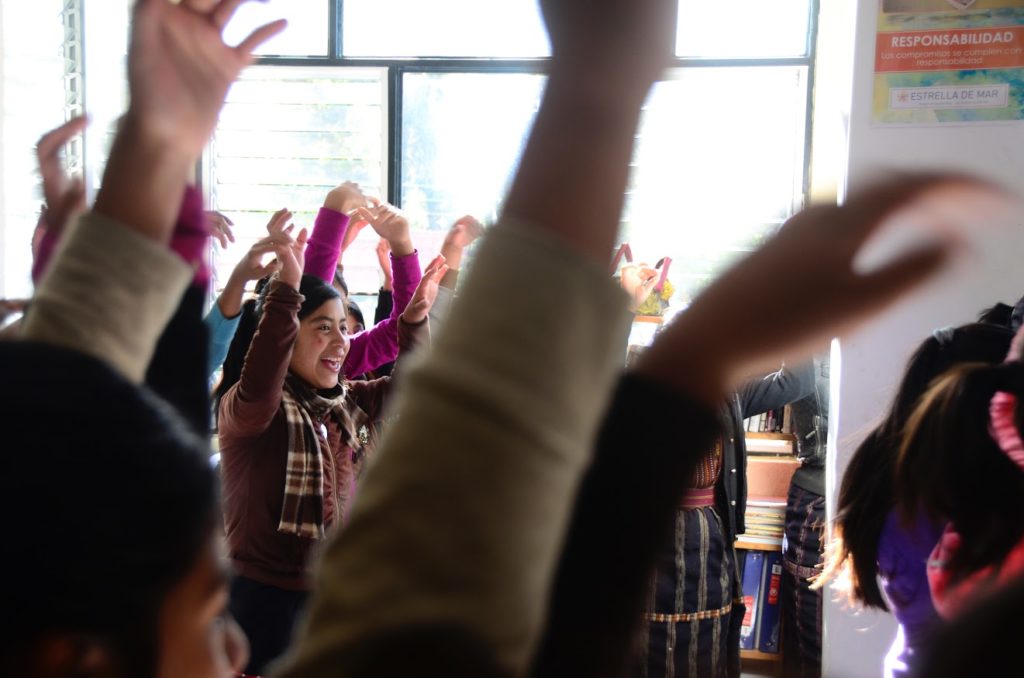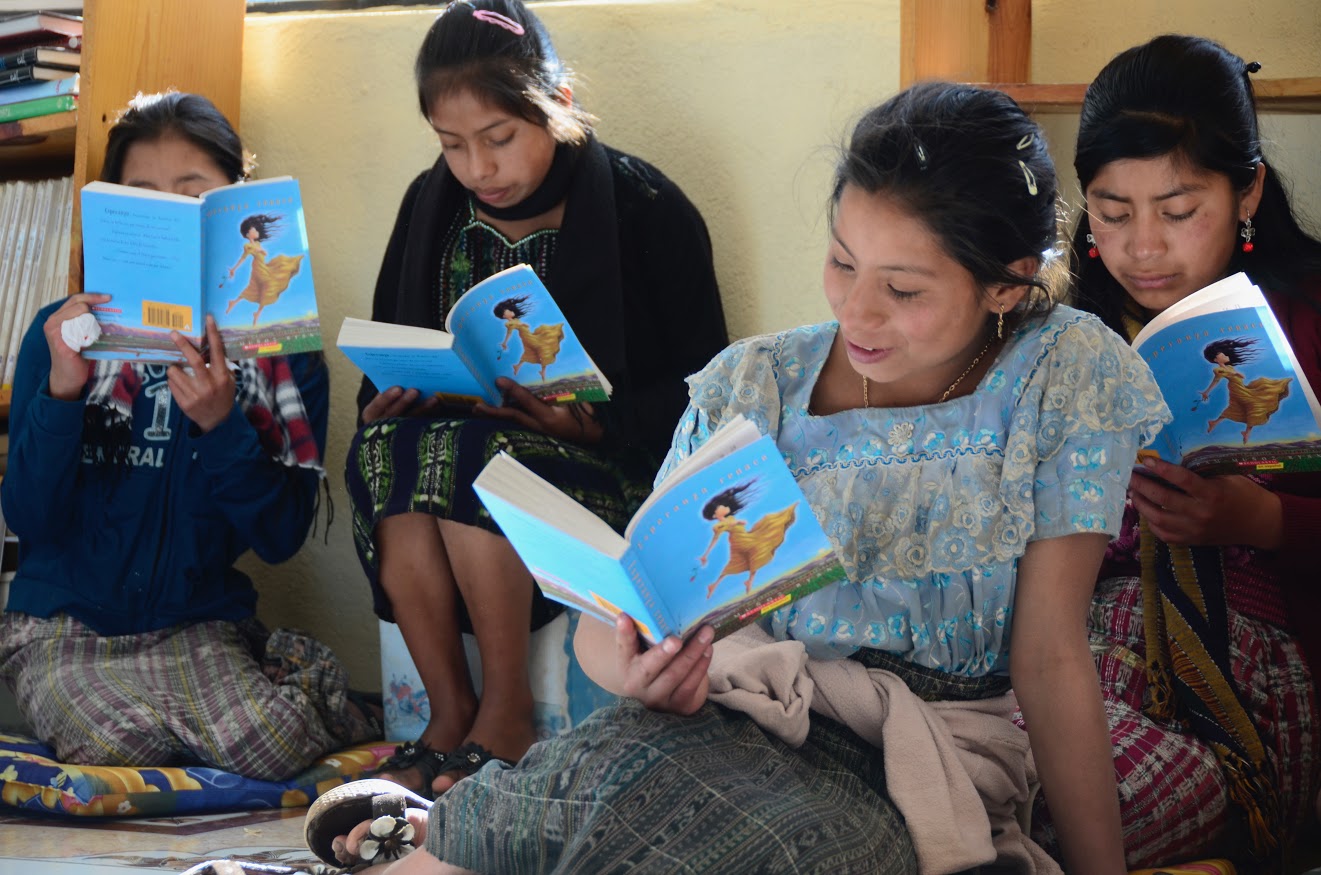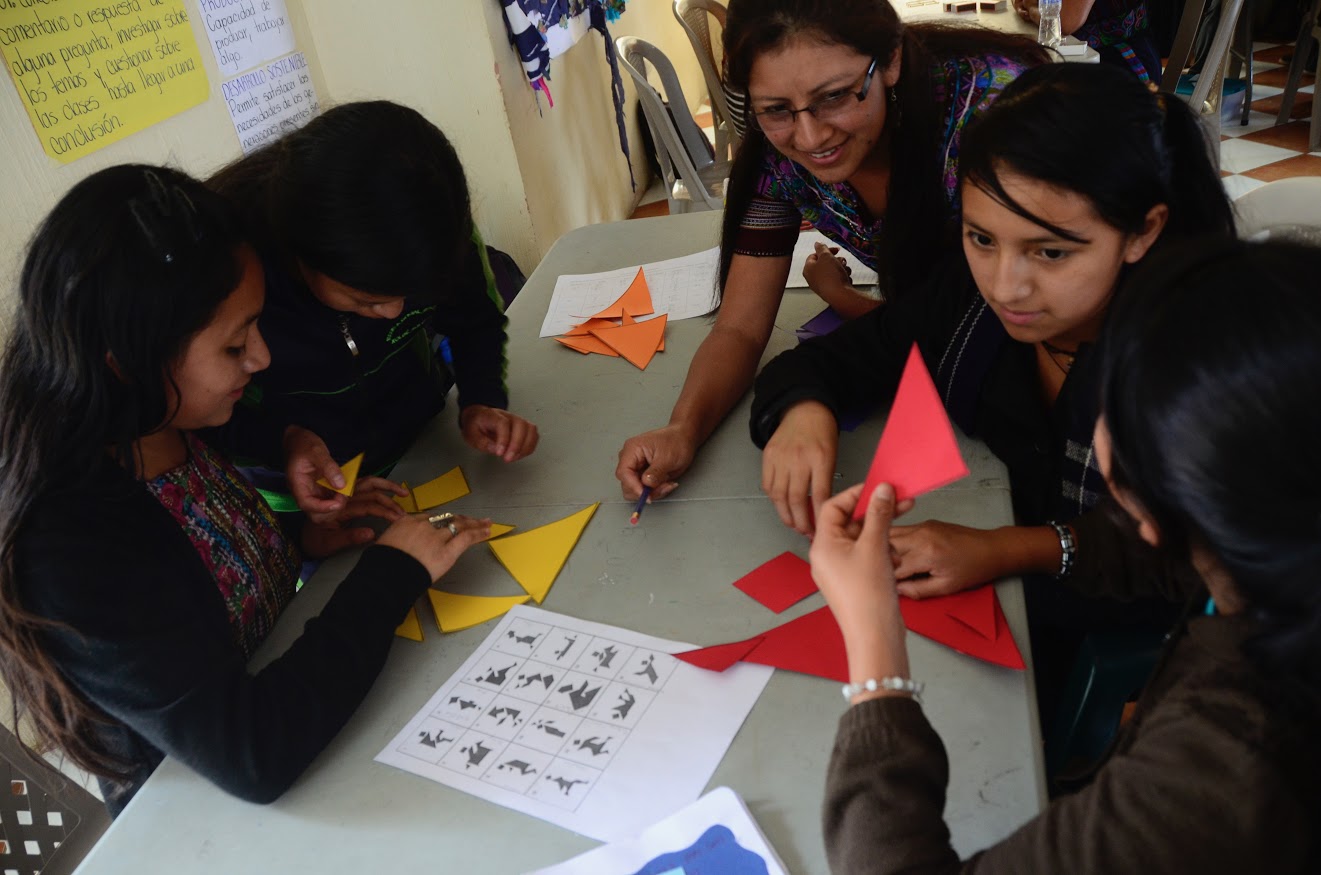
Starfish Impact School hits the mid-year mark and makes great strides
By AdministratorThe Starfish Impact School (SI) is officially at the mid-year mark, and we’ve learned and achieved so much in just six months. Our school opened in January 2017 with a cohort of 48 young women entering the 7th grade. Each year, SI will expand by one grade level, until it is a fully operational 7th through 12th grade school. There is no organizational model in Central America for an institution like the SI. We are integrating systems, structures, and resources from high-performing organizations around the world. It has been an process of ongoing learning, and we’ve identified new challenges along the way. SI students are, on average, 14 years old. Based on the baseline demographic data, students started school on average at age 6.5, which explains the slightly older age relative to their current grade. The average household has seven members, and the mothers of SI students were, on average, 19 years old when they started their families.

The majority of girls in our program are also second-language Spanish-speakers. Their first language is Kaqchikel, an indigenous Mayan language. Families often speak little to no Spanish at home, so the only consistent contact our students have with Spanish is in the classroom. Accordingly, language mastery levels are very low and this has certainly been a great challenge for us. Low Spanish competency affects every subject area. At the start of the school year, we administered Lexile placement exams to determine students’ reading comprehension levels. In late June, we tested students again and are now in the process of evaluating their progress. That being said, we have certainly seen that exposure and integrated literacy programming results in noticeable improvements. After the first quarter, 16 students were performing below grade level in more than one subject area. Now, after the second quarter, only 10 students are performing below grade level. “The bigger deal is that they aren’t underperforming in multiple classes,” says Director of Curriculum Alix Van Zandt. “We had girls struggling with three or four classes, but now they are struggling with just one and it is usually English.” Another boost may possibly be attributed to the fact that SI students are developing consistent reading habits and practicing creative writing. As of July 2017, students finished reading and analyzing the novella Esperanza Rising and are now reading Charlotte’s Web.
In January, we also commissioned a baseline health survey of all 48 students. The purpose was to get a general idea of what health issues may impact student achievement and what areas the school should prioritize. A volunteer infectious disease physician conducted the study. Some of the more immediate lessons and actions based on this study are:
- Well over half of the students presented significant oral hygiene problems. Many did not own toothbrushes. We have integrated tooth brushing as a part of the school routine and in July, we will pilot a program with a dental relief nonprofit organization to address dental issues such as cavities.
- 15% of students required glasses. All have since been issued the appropriate eyewear.
- Roughly half tested positive for parasites. All students have taken anti-parasite medication. Parasite prevention is part of Starfish’s focus on hygiene (covered in mentorship sessions that occur twice a week).
- Nutrition is a priority. Food is not typically served in a normal Guatemalan school (since the school day is significantly shorter). Starfish is serving both breakfast and lunch to students. Two graduates of the Starfish mentorship program operate the kitchen. The physician who conducted the study and a trained nutritionist visited with the kitchen staff and conducted home visits to assess the nutritional situation. They are helping craft a school menu that is cost effective but incorporates a balanced diet.
While our first year is not yet complete, we can already see significant gains in the six competencies that guide the school's design and culture (vocal empowerment, resilience, intercultural communication, growth mindset, academic excellence, and critical thinking). “I have learned many exercises about vocal empowerment and I have learned to not be embarrassed while I am practicing public speaking,” shares María Florinda, our youngest student at SI.
“When I began the first day of class, it was a little hard, but I have been resilient and have gotten up early for school and grown here.” In February, we received a training visit from Teachers2Teachers International, an organization that has been helping us with the training of our math educator (Celestina). Travis Ning, our Director of Collaboration notes, "According to Teachers2Teachers, Celestina is already perhaps the best 7th-grade math teacher in Sololá.” In April, we received a training visit from ConTextos, an organization based out of El Salvador that has been helping us integrate literacy programming across all subject areas.

We’re at the mid-year mark and we are pleased to report a 100% retention rate through the first two quarters. Due to the fact that students’ time in school is doubled and the rigor of academics is so much higher compared to rural public schools, we are extremely conscious of retention and recognize that it is closely tied to parent “buy-in” and engagement. While we are operating the school from our expanded office space for approximately two years, we are close to
breaking ground on our school construction. We’ve secured our construction license, finalized our building plans, and received a large brick donation. It has been a demanding journey, but completely worthwhile. SI student Linda is all the proof you’ll need of that: “Education is the most important thing at the Starfish Impact School. At my old school, they just told us to copy from the book and they didn’t really teach us; we just copied. Here, they give an explanation of everything and make sure you understand. I also like SI because here we can share our feelings and thoughts. We use our emotional thermometer to check in with how we are doing. SI supports women with their studies. There are many women that aren’t studying, but SI helps them so they can achieve their dreams.”
Starfish received $9100 in 2017 and $8870 in 2016 as continuing regular support for capacity building after receiving $51,000 from our Compassionate Impact Grant in 2015.
